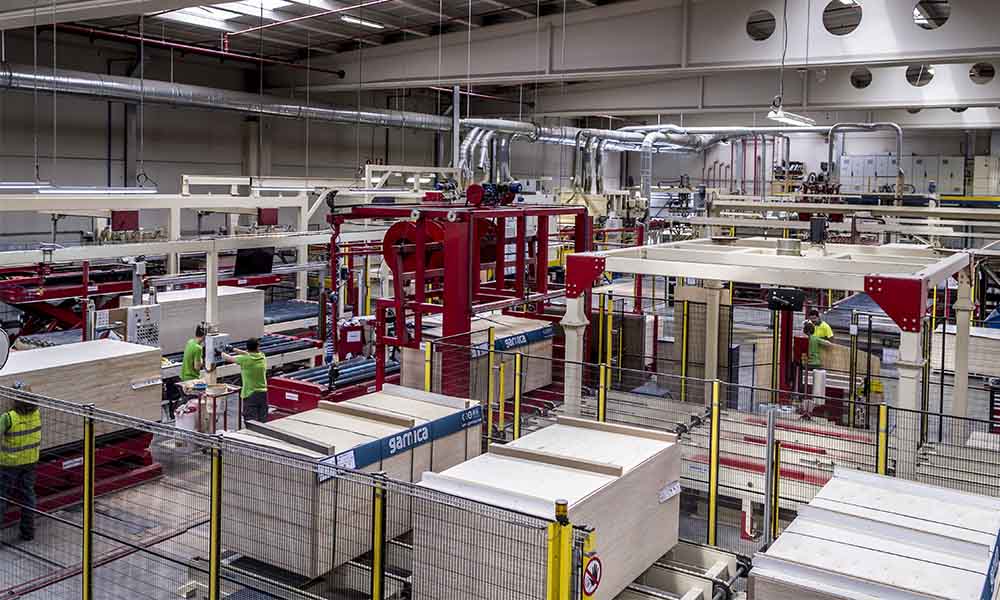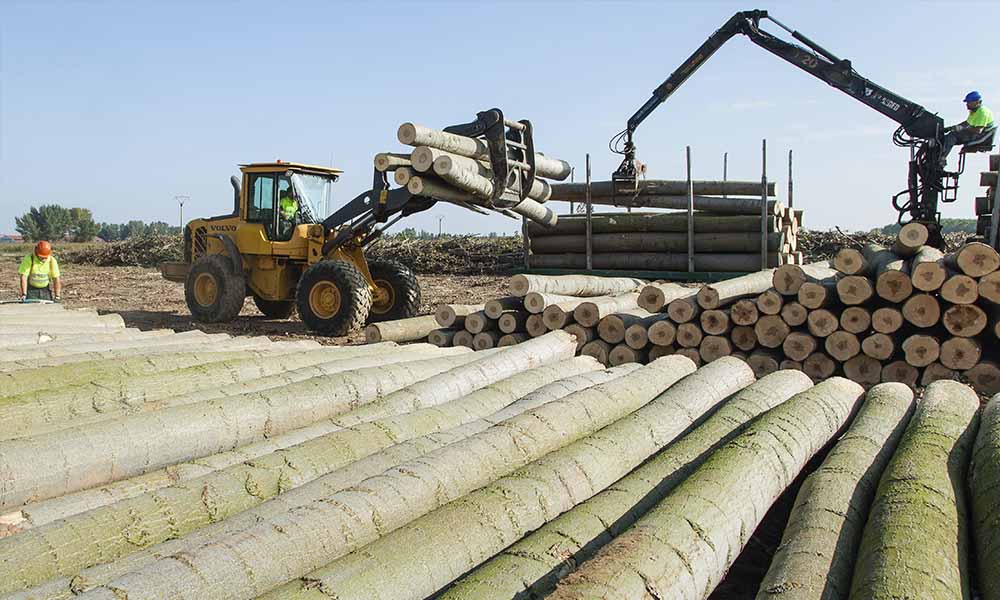Garnica - committed to reducing its carbon footprint
Read the featured articleAll the company’s production centres in Spain keep the register managed by the Spanish Office for Climate Change, which this year includes Llodio
Garnica now keeps the carbon footprint register managed by the Spanish Office for Climate Change (part of the Ministry for Ecological Transition) at all its plants. This is a voluntary register that encourages the reduction of greenhouse gas emissions and promotes projects to improve Spain’s sink capacity.
Garnica signed up for this project five years ago and has been equipping all its plants with the register since then, which this year includes the Llodio plant.
But what is this carbon footprint that we have all heard about when talking about sustainability? It is an environmental indicator that shows all the greenhouse gases (GHG) emitted by an individual, organisation or product. This indicator is measured in CO2 equivalents. Once the footprint is known, a strategy is devised to reduce or offset the emissions. And this is what Garnica is doing through this programme.

Emissions can be direct or indirect. Direct emissions are those from combustion in boilers, furnaces and travel in individual or third-party vehicles with fuel paid for by the company, along with emissions derived from leakage in air conditioning or piping. These emissions include the consumption of fossil fuels at our facilities, such as natural gas, diesel, etc. or the use of biomass, refrigeration and air conditioning, among other things.
In contrast, indirect emissions are those derived from the generation of electricity consumed by the company, both from the consumption of electricity and from renewable energy facilities. Emissions caused by the extraction of materials (the felling of timber for example), business trips on public transport or the use of services provided by third parties are also considered to be indirect emissions.

Using the data provided by this register, and after being part of the programme for four years, Garnica is able to calculate its carbon footprint and develop reduction, absorption and offsetting projects. In addition, there are other mandatory aspects that are related to technical issues, and it is also mandatory to report on the progress of the project every five years.
